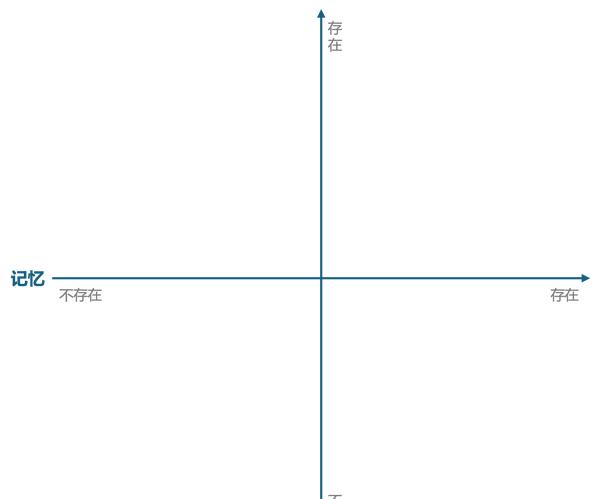Memory, Self, and Consciousness
Exploring the complex relationship between memory and self-consciousness through neuroscience and psychology, analyzing how identity persists despite constant memory loss and transformations of consciousness.

Memory and consciousness have long fascinated scientists and philosophers attempting to understand human identity. Recent research has revealed surprising insights into how our sense of self persists even when memories fade.
The relationship between memory and self-consciousness is more nuanced than previously thought. Studies of patients with Alzheimer’s disease demonstrate that core aspects of identity and emotional connections can remain intact even as memories deteriorate. For instance, patients may forget their loved ones' names but still respond to them with genuine affection, suggesting that emotional essence transcends explicit memory.
Severely Deficient Autobiographical Memory (SDAM) provides particularly compelling evidence for the independence of self and memory. Individuals with SDAM maintain normal cognitive functions but cannot form episodic memories of their personal experiences. Yet they retain a clear sense of self and identity in the present moment. This condition reveals that autobiographical memory, while important, is not essential for consciousness and self-awareness.
The physical basis of identity presents another fascinating angle. Our bodies constantly renew themselves at the cellular level, with most atoms being replaced over time. Similarly, our memories undergo continuous modification and reconstruction. Despite these constant changes, we maintain a coherent sense of self. This persistence suggests that identity emerges from patterns of consciousness rather than from static physical or mental components.
Recent neuroscience research indicates that consciousness operates on multiple levels. While explicit autobiographical memories help shape our life narrative, implicit emotional memories and core personality traits appear to exist independently. This layered architecture allows for identity continuity even when specific memories are lost.
Social connections and external records also play crucial roles in maintaining identity. Photographs, documents, and relationships provide anchoring points for self-conception that persist beyond individual memory. These external supports demonstrate how identity exists within a broader context of human connection and cultural meaning.
The persistence of self-awareness in memory-impaired individuals suggests that consciousness may be more like a continuous process than a collection of memories. Rather than being defined by our past experiences, perhaps identity emerges from our ongoing engagement with the present moment and our capacity for self-reflection.
Understanding these dynamics has profound implications for how we view human nature and consciousness. Rather than seeing identity as fixed and memory-dependent, we might better understand it as a dynamic process - one that persists through change while maintaining essential continuity.
This recognition offers hope for those facing memory loss while deepening our appreciation for consciousness itself. Memory may help shape who we are, but our fundamental nature appears to transcend even these vital mental functions.